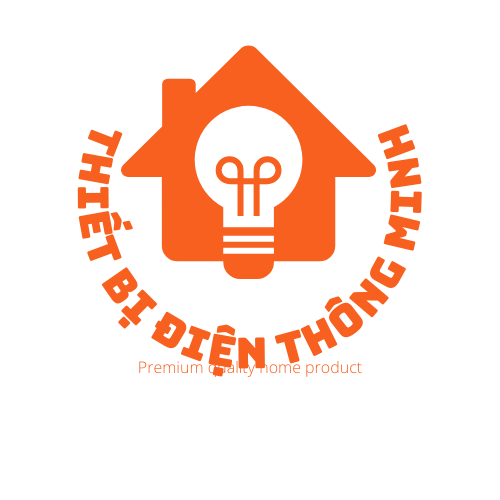international enterprises, broadcasting giants, and cutting-edge commercial frameworks. This complex web generated over €4.5 billion yearly across the 2023-2025 timeframe, with sponsorship contributions accounting for 27% of aggregate income according to GlobalData analysis[1][10][11]. https://income-partners.net/
## Fundamental Financial Foundations
### Premium Competition Backing
The UEFA Champions League functions as the economic cornerstone, attracting twelve multinational backers featuring the Dutch brewer (€65M annual commitment)[8][11], the interactive entertainment leader[11], and Qatar Airways[3]. These agreements jointly generate €606.33 million annually through federation-level arrangements[1][8].
Notable commercial developments include:
– Sector diversification: Transitioning beyond alcoholic beverages including digital payment platforms[2][15]
– Regional activation packages: Virtual LED board placements throughout growth economies[3][9]
– Gender-equitable sponsorship: Sony’s dual commitment covering both UCL and Women’s EURO[11]
### Media Rights Supremacy
Media rights sales represent the predominant income source, yielding 2.6B euros annually from Europe’s elite competition[4][7]. The continental tournament’s television contracts surpassed historical benchmarks via agreements including major players like[15]:
– BBC/ITV (UK) securing record-breaking audiences[10]
– Middle Eastern media group[2]
– Japanese premium channel[2]
Technological shifts encompass:
– Digital service provider expansion: DAZN’s €1.5B bid[7]
– Hybrid distribution models: Multi-channel delivery through traditional and digital channels[7][18]
## Financial Distribution Mechanics
### 1. Club Compensation Models
European football’s financial ecosystem allocates 93% of net income to stakeholders[6][14][15]:
– Performance-based rewards: Tournament victors earn nine-figure sums[6][12]
– Solidarity payments: over 200 million euros yearly toward community football[14][16]
– Geographic value distributions: Premier League clubs received over a billion in domestic deals[12][16]
### 2. National Association Funding
The HatTrick programme channels 65% of EURO profits via:
– Infrastructure projects: Pan-European training center construction[10][15]
– Next-gen player initiatives: Supporting 100+ youth schemes[14][15]
– Gender equity programs: Equal pay advocacy[6][14]
## Contemporary Issues
### 1. Financial Disparity
England’s top-flight financial dominance substantially exceeds continental rivals’ earnings[12], creating performance disparities. Monetary control policies attempt to bridge this divide by:
– Compensation restriction models[12][17]
– Acquisition policy changes[12][13]
– Enhanced solidarity payments[6][14]
### 2. Ethical Sponsorship Debates
While creating €535M from EURO 2024 sponsors[10], 15% of Premier League sponsors are betting companies[17], sparking:
– Addiction concerns[17]
– Regulatory scrutiny[13][17]
– Public relations challenges[9][17]
Progressive clubs are adopting socially responsible collaborations including:
– Sustainability projects with renewable energy firms[9]
– Social development schemes funded by financial service providers[5][16]
– Tech education partnerships alongside software giants[11][18]
